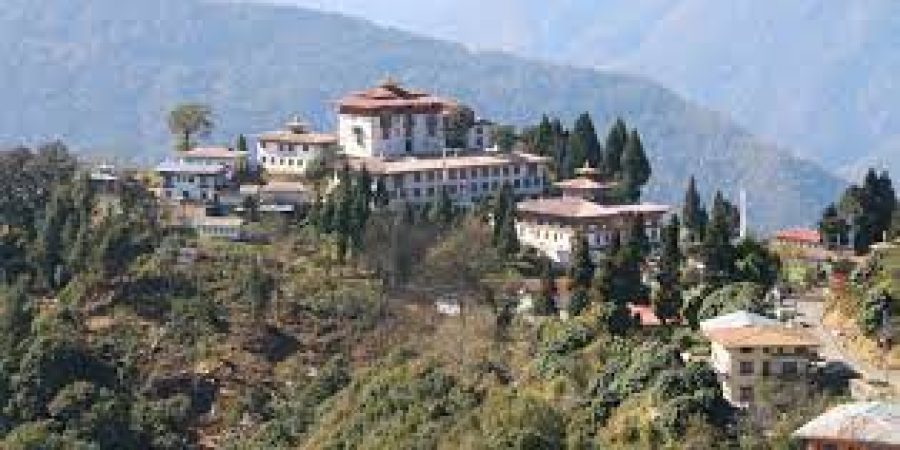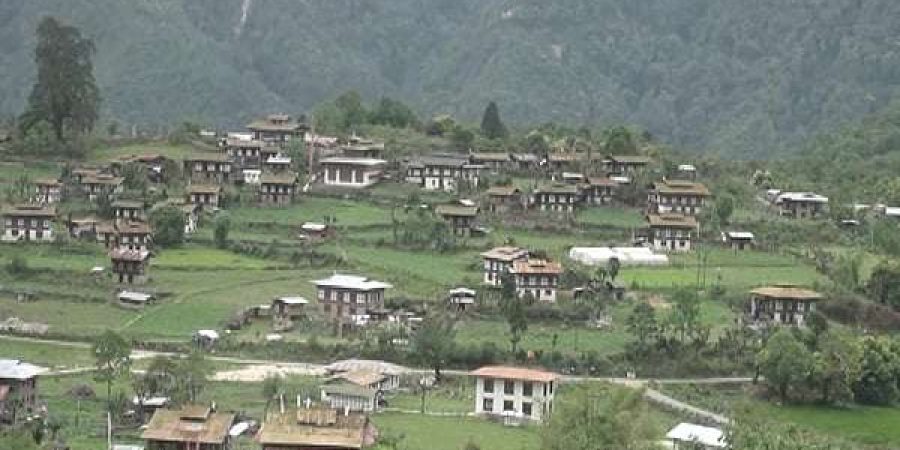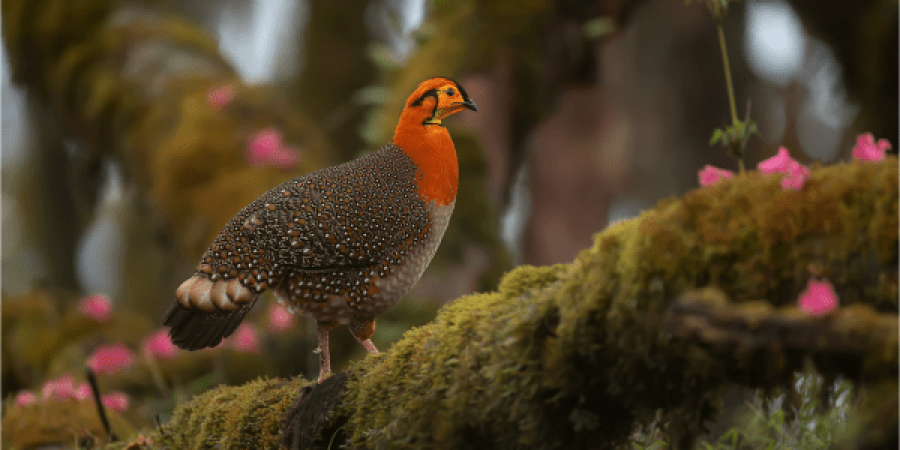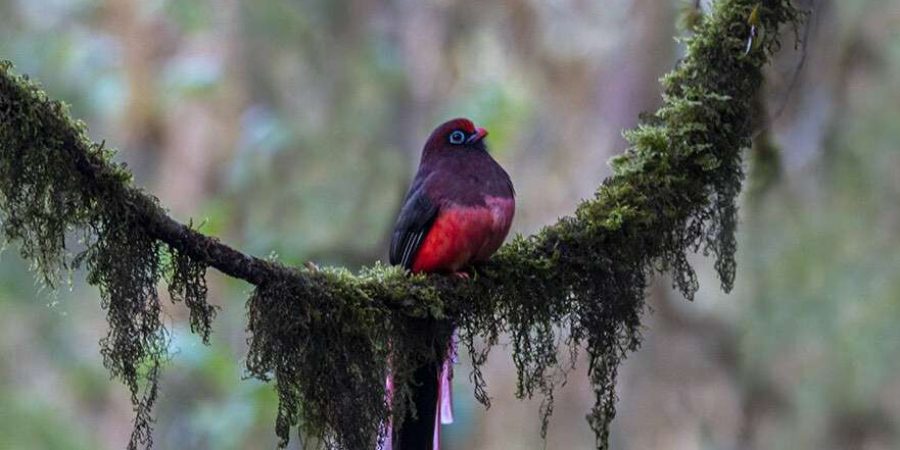Zhemgang is ecotourism capital of Bhutan
Zhemgang, often heralded as a jewel of Bhutan, is a district known for its breathtaking biodiversity and vibrant culture. This region, also popularly referred to as Khengrig-Nam-Sum, is distinctively categorized into three agro-ecological zones, enriching its diversity further. Upper Kheng, encompassing Bardo and Shingkhar, is recognized for its high altitude areas, presenting cooler climates and rich alpine biodiversity. Middle Kheng includes Nangkhor and Trong, featuring middle altitude areas that offer a moderate climate and lush vegetation. Lower Kheng, which covers Phangkhar, Goshing, Nangla, and Bjoka, is known for its mid-low altitude areas, blending warm and humid conditions with rich flora and fauna.
This district is not only a sanctuary for 22 endangered animal species, including the exquisite Golden Langur but also a bastion for the ancient Bon religion. Despite the widespread practice of Buddhism, Zhemgang proudly preserves its animist traditions, with Bonpo priests holding esteemed positions in society. This adherence to ancient customs enriches the cultural tapestry of the region, with inhabitants excelling in traditional crafts. Their expertise in bamboo craftsmanship, producing items like Bangchungs, Palangs, Balaks, and earthenware, showcases a rich heritage of artisanal skills.
Zhemgang’s religious landscape is dotted with significant Buddhist temples, including the revered Buli Lhakhang and Tharpa Choeling Lhakhang, established by the treasure revealer Terton Pema Lingpa. These spiritual sites not only offer solace but also connect visitors to Bhutan’s profound religious history.
The Royal Manas National Park, the oldest nature preserve in Bhutan, located within Zhemgang, is a testament to the district’s commitment to conservation. This park, heralded for its unmatched biodiversity, is home to rare species such as the Asian One-horned Rhinoceros and Golden Langurs, making it a pivotal area for ecological preservation and a must-visit for nature enthusiasts.
The historical fabric of Zhemgang is woven with tales of Lama Zhang Dorje Drakpa, a revered figure from the 12th century who founded the Zhemgang dzong. His legacy, along with the strategic establishment of the dzong in 1655 to protect the land, narrates the resilience and spiritual depth of the region.
Zhemgang, with its ecological richness, cultural vibrancy, and historical significance, offers an unparalleled experience for tourists. There is annual Bird Festival that sees lots of people from around the world come and explore the place, due to its rich biodiversity. Its unique combination of natural beauty, traditional practices, and spiritual sanctuaries makes it a compelling destination for those looking to immerse themselves in the essence of Bhutan.
Map
Interesting Facts
- Location: Zhemgang is located in the south-central region of Bhutan, south of Trongsa. It is traditionally known as Kheng.
- Area and Forest Cover: Zhemgang is one of the largest dzongkhags, covering an area of approximately 2,125 sq km. Notably, around 85% of its area is under forest cover, making it a region rich in biodiversity.
- Population and Culture: Zhemgang has a population of approximately 17,763 people (as of 2017). The native inhabitants, known as Khengpa, have a distinct culture with their own language and unique folk songs and dances.
- Livelihood: The main sources of livelihood in Zhemgang are animal husbandry and agriculture.
- Biodiversity and Protected Areas: Zhemgang is home to a significant range of biodiversity, including endangered species like the Golden Langur and the Asian One-horned Rhinoceros. It is also part of the Manas National Park, one of the most diverse protected areas in the world.
- Religious Practices: Zhemgang is notable for being one of the last regions where ancient Bon (Animist) religious practices are still carried out, alongside Buddhism which has been growing in popularity.
- Challenges: Zhemgang is considered one of the poorest dzongkhags in Bhutan, facing challenges with infrastructure development, limited access to markets, and human-wildlife conflict.





